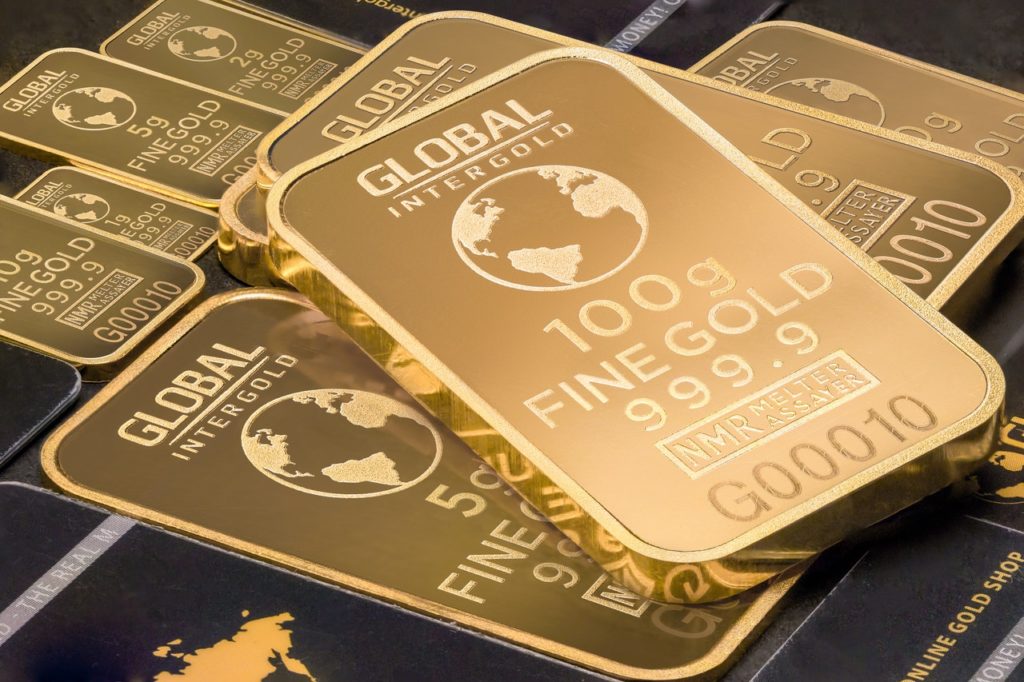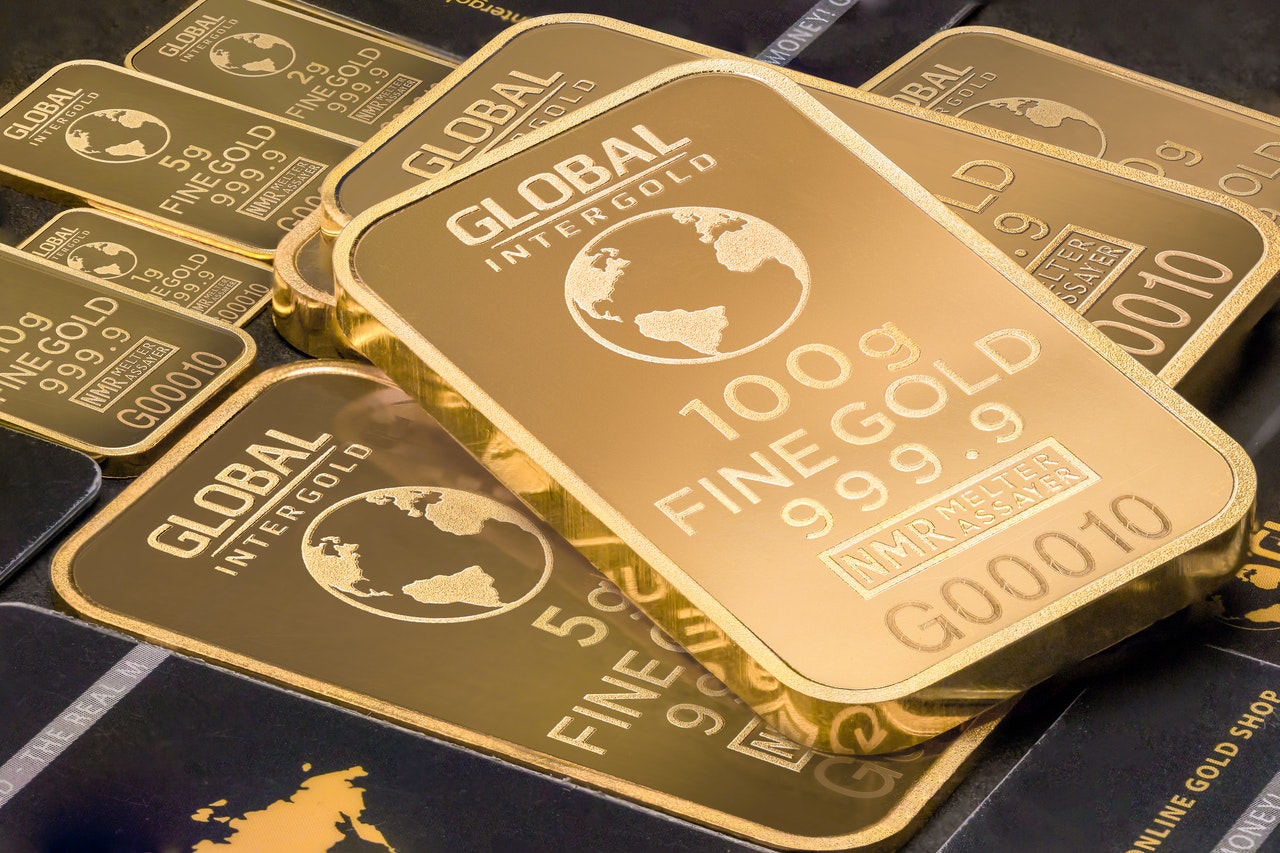
I learned this today. Gold is so rare because it takes a staggeringly large amount of energy to produce it naturally.
Gold has been treasured for as long as humans have been able to find it because of its unique properties. It is resistant to corrosion, conducts electricity and heat very well, doesn’t tarnish, is easy to shape, is rare, resistant to acid, and looks beautiful. It is the most malleable of metals and can be drawn into a wire that is a single atom wide. 1g of gold can be beaten into a sheet of 1m2. And it is impossible to destroy. The Perth Mint in Australia has a public gold pour many times a day. They melt down a gold bar and recast it. They have melted and recast the same bar over 65,000 times since they started in 1993. None of that gold has been lost. There is one acid called Aqua Regia that will dissolve gold, but even then, it is not destroyed. It is simply that the gold particles are more widely dispersed.
So, how is gold produced and why is it rare? None of the gold on Earth was made here and it is impossible to practically make gold on Earth. Also, the gold that is here is very difficult to mine.
Gold is created in a supernova when neutron stars collide. A neutron star is the collapsed core of a supergiant star. Our sun is nowhere near big enough to ever become a neutron star. It would have to be at least ten times bigger. As a chemical element, gold is made up of a nucleus with 79 protons and 79 electrons around it. It also has 118 neutrons. It is known as a heavy element because it is very dense. Gold and other heavy elements can only be made in a supernova because their nuclei need to capture a lot of neutrons. To make a non-heavy element you need free neutrons in a density of a million particles per cm3. To make heavy elements, you need a free neutron density of 1020 per cm3. This means that a lot of atoms need to be stripped of their neutrons, which can only happen with a massive amount of energy. The amount of energy you get when two neutron stars collide in a supernova. Incidentally, neutron stars are some of the densest materials known.
So, all of the gold on Earth was not produced here but either arrived on asteroids or arrived when the Earth was forming. Gold that arrived when the Earth was still molten would have sunk down to the Earth’s core because it is denser than lead. Denser items sink in less dense liquids. The gold that we have been able to mine was probably brought to the surface due to the movement of tectonic plates or in meteor strikes. A lot of the gold here is inaccessible to us. Nobody knows how much gold has been mined, but figures range from 150,000 tons to 2.5 million tons. Even if you take the top figure, it isn’t a huge amount seeing as people have been mining gold for over 6000 years. For comparison, about 3 billion tons of iron were mined in 2019 alone. And nobody knows how much gold is left here on Earth, but we are not suddenly going to find huge quantities of it, so it will always be rare. If we are ever able to mine gold on asteroids or other planets, maybe its rarity will decrease, but that won’t happen in my lifetime.
What about manmade gold? Well, it is possible, but you need a nuclear reaction to get enough power. That is not something you can easily come by. If you can get your hands on a nuclear reaction, then all you have to do is add one proton to platinum (it has 78), or remove one from mercury (it has 80). If you can do that, you have made gold. There are three tiny problems with this method. Firstly, it costs far more to make than the equivalent amount of real gold would cost. Secondly, the gold you make is highly radioactive and dangerous. Thirdly, after a few days, it undergoes radioactive decay and is no longer gold.
So, gold is rare because it cannot be made here on Earth. It requires the power of two neutron stars colliding and an insanely high density of free neutrons. The gold that is here on Earth is also incredibly difficult to mine. It is very dense, so when it landed on the molten Earth, it sank to the core. The gold that is on the surface was pushed up by earthquakes or meteor strikes. It is possible to make gold, but it is not practical to do. And this is what I learned today,
Sources
https://www.theguardian.com/notesandqueries/query/0,,-194047,00.html
https://www.investopedia.com/articles/investing/071114/why-gold-has-always-had-value.asp
https://www.sciencefocus.com/science/why-is-gold-rare/
https://en.wikipedia.org/wiki/Gold
https://money.howstuffworks.com/question213.htm
https://www.thoughtco.com/how-is-gold-formed-4683984
https://sciencing.com/rock-formations-can-gold-found-7439756.html
https://www.bbc.com/news/magazine-21969100
https://www.wtamu.edu/~cbaird/sq/2014/05/02/can-gold-be-created-from-other-elements/
https://physicstoday.scitation.org/doi/10.1063/PT.3.3815

